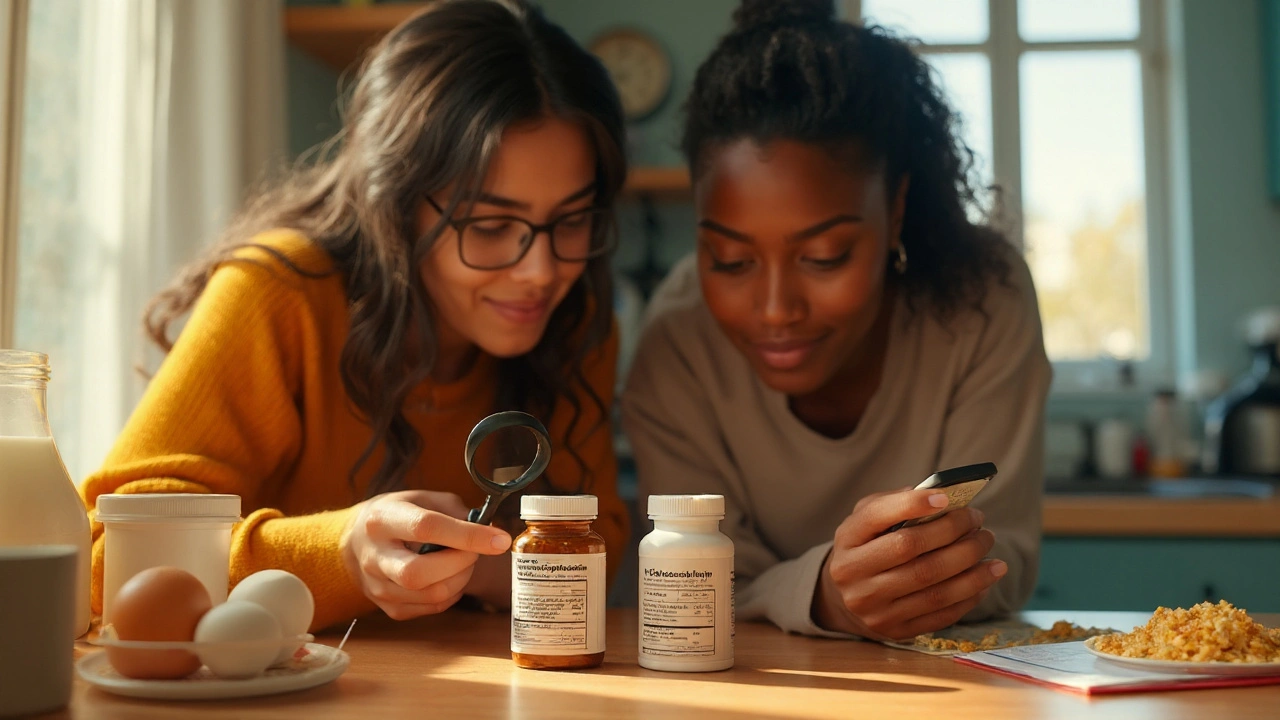Adenosylcobalamin: What It Is and Why It Matters
Ever wonder why some B12 supplements list "adenosylcobalamin" on the label? It’s simply one of the active forms of vitamin B12 that your cells love to use. Unlike cyanocobalamin, which needs to be converted first, adenosylcobalamin is ready to work right away in the mitochondria – the power plants of your cells.
If you’ve felt constantly tired, had tingling in your hands, or struggled with memory lapses, low B12 could be part of the problem. Adenosylcobalamin helps turn food into energy, supports nerve health, and assists in making DNA. In short, it’s a key player in keeping you feeling sharp and energetic.
Key Benefits and Who Might Need It
People who follow a vegan or vegetarian diet often run low on B12 because the vitamin is mostly found in animal products. Seniors, anyone on certain medications (like metformin or proton‑pump inhibitors), and folks with digestive issues (like Crohn’s disease) can also have trouble absorbing B12. For these groups, taking a supplement that already contains adenosylcobalamin can make a real difference.
Here are the top reasons you might reach for adenosylcobalamin:
- Energy boost: It participates directly in the Krebs cycle, helping your cells produce ATP – the main energy currency.
- Neurological support: Protects nerve fibers and can reduce symptoms like numbness or “pins‑and‑needles.”
- Red blood cell formation: Works with folate to make healthy RBCs, preventing anemia.
- Heart health: Lowers homocysteine levels, a marker linked to cardiovascular risk.
If any of these sound familiar, a B12 supplement that includes adenosylcobalamin (sometimes combined with methylcobalamin) might be worth trying.
How to Take It Safely
Most people can take adenosylcobalamin without a prescription, but there are a few practical tips to get the most out of it:
- Start low: A typical daily dose ranges from 250 mcg to 1 mg. If you’re new to B12, begin at the lower end and see how you feel.
- Take with food: Even though it’s well‑absorbed, a small meal can improve uptake and reduce any mild stomach upset.
- Check interactions: B12 doesn’t interact with many drugs, but high doses of vitamin C or certain antibiotics could affect absorption.
- Watch for side effects: They’re rare, but some people notice mild headache, itching, or dizziness. Stop and talk to a healthcare professional if they persist.
- Consider timing: If you’re already on a multivitamin, you might split the dose – half in the morning, half in the evening – to keep blood levels steady.
Because adenosylcobalamin works best when your body already has enough folate, pairing it with a good folic‑acid or methylfolate supplement can boost results. Just make sure you’re not exceeding the recommended daily allowances for either nutrient.
Bottom line: adenosylcobalamin is a bio‑available B12 form that can help with energy, nerve health, and blood formation. If you fit into a high‑risk group or simply feel run‑down, adding a daily supplement could be a simple fix. As always, talk to your doctor before starting any new supplement, especially if you have underlying health conditions or take prescription meds.
Ready to give it a try? Look for products that list “adenosylcobalamin” (also called “co‑enzyme B12”) clearly on the label, and check the expiration date to ensure potency. With the right dose, you might notice a boost in mood, clarity, and stamina within a few weeks.

Dibencozide (Adenosylcobalamin) Benefits: Evidence, Uses, Dosage, and Safety
Clear, evidence-based guide to dibencozide (adenosylcobalamin): what it is, who it helps, real benefits, safe dosing, and how to pick the right B12 form in 2025.